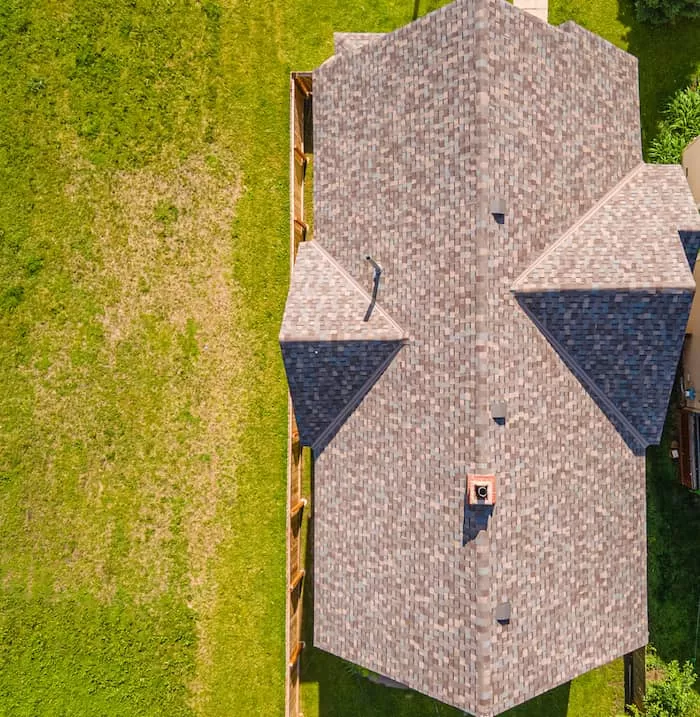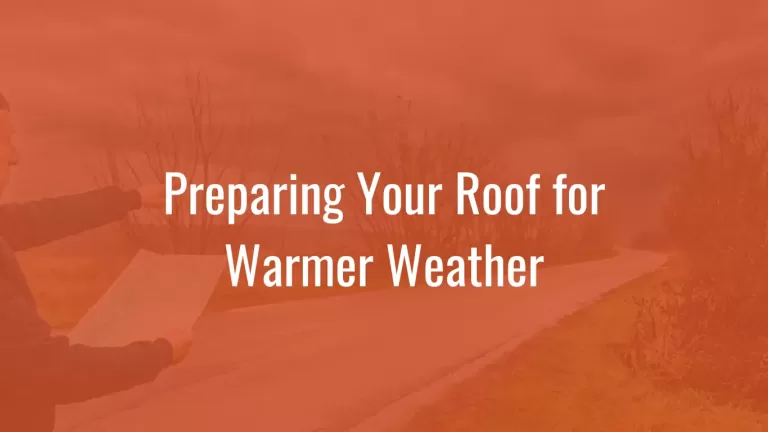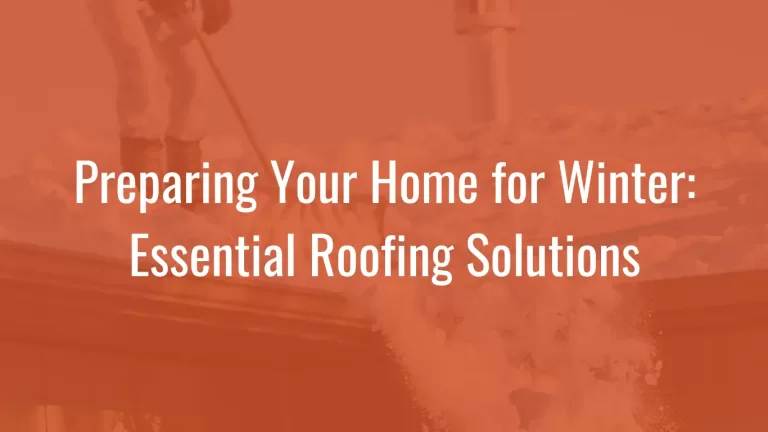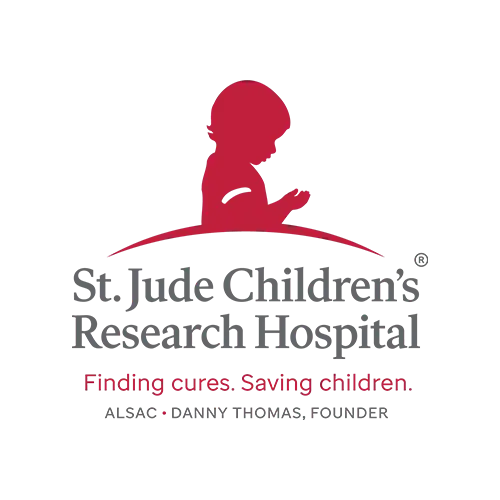The Impact of Weather Changes on Midwest Roofs
As we step into May, the Midwest welcomes the unpredictable nature of spring weather. One day, you’re enjoying sunny skies and warm breezes; the next, you’re bundling up against unexpected cold fronts and heavy rain. These fluctuating conditions can take a serious toll on your home, particularly your roof. Understanding how to prepare for and respond to these changes is essential to maintaining the integrity of your roofing system.
On this page

What to Expect
In recent years, the Midwest has seen an increase in extreme weather patterns. Here are the key challenges to keep in mind throughout the year:
1. Summer: Storms
Sudden summer storms can bring heavy rain, strong winds, and hail, which may:
Overwhelm drainage systems, leading to water pooling
Expose weak spots in your roof
Cause leaks and structural damage
2. Fall: Falling Leaves and Temperature Fluctuations
As temperatures cool and leaves fall, they can clog gutters and drainage systems, leading to:
Water backup and potential leaks
Added weight on the roof, increasing strain
Increased moisture retention leading to mold growth
3. Winter: Snow, Ice, and Freezing Temperatures
Cold weather can create challenges such as:
Ice dams forming along the roof edge
Snow accumulation adding weight and stress
Freeze-thaw cycles causing expansion and contraction, leading to cracks
4. Spring: Rain and Rapid Temperature Changes
Spring storms and fluctuating temperatures can:
Lead to leaks due to heavy rain
Cause materials to expand and contract rapidly
Weaken roofing materials after winter stress

How to Protect Your Roof
Taking proactive steps can prevent costly damage and keep your roof in top condition. Here’s what you can do:
1. Schedule Regular Roof Inspections
A professional inspection before each season can help identify and address potential issues before they escalate.
2. Clean Your Gutters and Downspouts
Ensure they are clear of debris to allow rainwater and melting snow to flow away from your home effectively.
3. Inspect for Loose or Damaged Shingles
Regularly check your roof for any signs of wear and replace any damaged materials promptly.
4. Ensure Proper Ventilation
Good attic ventilation can help regulate temperatures and prevent heat and moisture-related damage.
5. Monitor for Leaks
Keep an eye out for water stains or damp spots in your attic and ceilings, as they can indicate potential leaks.
Stay Informed and Proactive
Midwest weather can be unpredictable, but staying informed and taking preventive measures can help protect your roof and home all year long. A little preparation now can save you from costly repairs later.
If you’re unsure about the condition of your roof, don’t hesitate to reach out to a professional roofing contractor for expert advice and solutions tailored to your home.




















